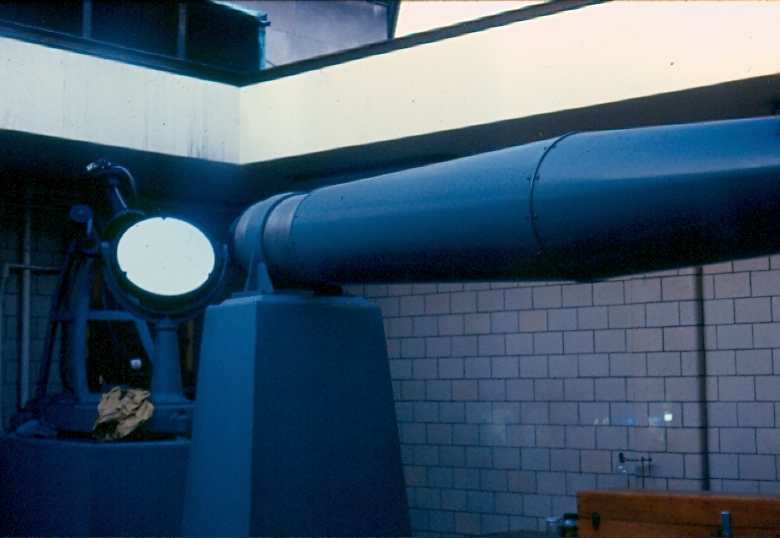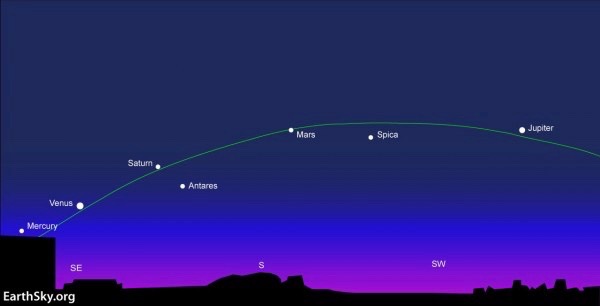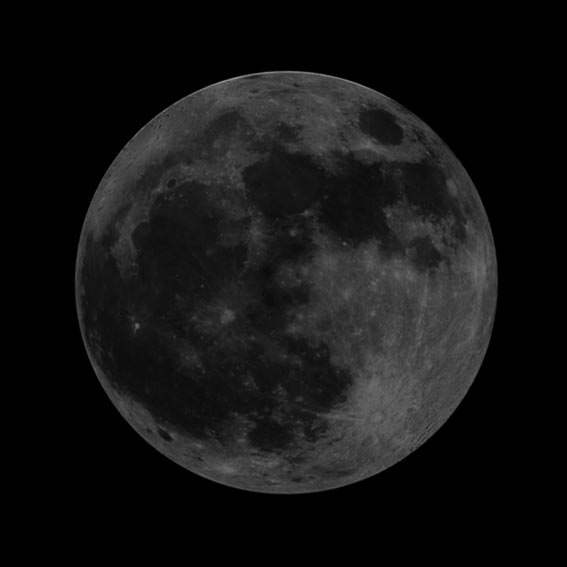
(Image Source: NASA 360)
There's no argument in the
astronomical community—rocket-propelled spacecraft can take us only so
far. The SLS will likely take us to Mars, and future rockets might be
able to help us reach even more distant points in the solar system. But
Voyager 1 only just
left the solar system, and it was launched in 1977. The problem is
clear: we cannot reach other stars with rocket fuel. We need something
new.
"We
will never reach even the nearest stars with our current propulsion
technology in even 10 millennium," writes Physics Professor Philip Lubin
of the University of California Santa Barbara in a research paper
titled A Roadmap to Interstellar Flight.
"We have to radically rethink our strategy or give up our dreams of
reaching the stars, or wait for technology that does not exist."
More with Mini-Video on Lubin's Laser Propulsion Proposal -
Link >>> http://www.popularmechanics.com/space/deep-space/a19604/nasa-physicists-say-photonic-propulsion-could-send-a-spacecraft-to-mars-in-3-days/
Full Video on Lubin's Laser Propulsion Proposal:
Link >>> http://livestream.com/viewnow/niac2015seattle
"A Roadmap to Interstellar Flight" by Philip Lubin:
Link >>> http://www.deepspace.ucsb.edu/wp-content/uploads/2015/04/A-Roadmap-to-Interstellar-Flight-15-o.pdf
More on Laser Propulsion ---
Link 1 >>> http://www.popularmechanics.com/space/a15545/photonic-laser-thrust-space-engine/
Link 2 >>> https://en.wikipedia.org/wiki/Laser_propulsion
Related Blog Post ---
"Supersonic Laser Propulsion." 2014 Nov. 13.
Link >>> http://spacewatchtower.blogspot.com/2014/11/supersonic-laser-propulsion.html
Source: Popular Mechanics Magazine.
2016 February 25.

2016: 75th Year of Pittsburgh's Buhl Planetarium Observatory
Link >>> http://buhlplanetarium2.tripod.com
Want to receive SpaceWatchtower blog posts in your inbox ?
Send request to < spacewatchtower@planetarium.cc >..
gaw
Glenn A. Walsh, Project Director,
Friends of the Zeiss < http://buhlplanetarium.tripod.com/fotz/ >
Electronic Mail - < gawalsh@planetarium.cc >
SpaceWatchtower Blog: < http://spacewatchtower.blogspot.com/ >
Also see: South Hills Backyard Astronomers Blog: < http://shbastronomers.blogspot.com/ >
Barnestormin: Writing, Essays, Pgh. News, & More: < http://www.barnestormin.blogspot.com/ >
About the SpaceWatchtower Editor / Author: < http://buhlplanetarium2.tripod.com/weblog/spacewatchtower/gaw/ >
SPACE & SCIENCE NEWS, ASTRONOMICAL CALENDAR:
< http://buhlplanetarium.tripod.
Twitter: < https://twitter.com/spacewatchtower >
Facebook: < http://www.facebook.com/pages/
Author of History Web Sites on the Internet --
* Buhl Planetarium, Pittsburgh:
< http://www.planetarium.
* Adler Planetarium, Chicago:
< http://adlerplanetarium.
* Astronomer, Educator, Optician John A. Brashear:
< http://johnbrashear.tripod.com >
* Andrew Carnegie & Carnegie Libraries:
< http://www.andrewcarnegie.
* Civil War Museum of Andrew Carnegie Free Library:
< http://garespypost.tripod.com >
* Duquesne Incline cable-car railway, Pittsburgh:
< http://inclinedplane.tripod.
* Public Transit:
< http://andrewcarnegie2.tripod.




